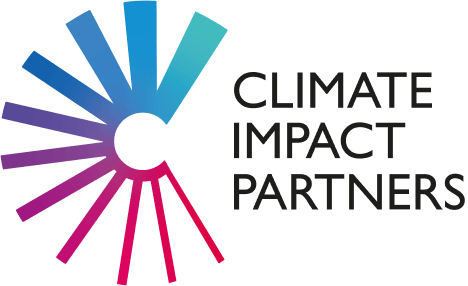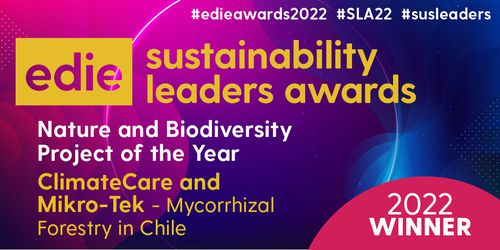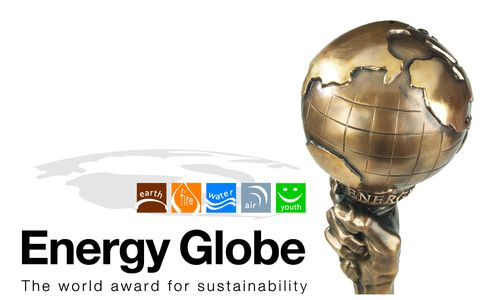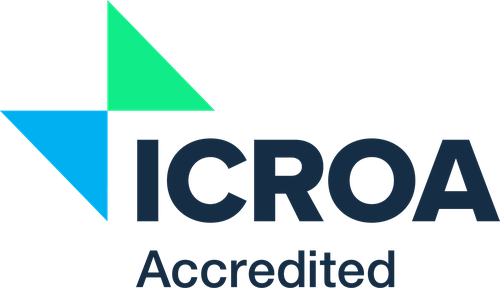Jonathan Shopley goes back to school, learns about super-wicked problems, and reflects on a remarkable solution to methane emissions making headway in Vietnam.
I recently participated in one of The InterClimate Network’s “Climate Voices” events involving middle-school students from a number of West-London schools. Designed to help young people more fully appreciate the relationship between the economy, the environment, and the role of politics, my role was to help judge their ideas for taking action at home and at school, and to finish off with a few words of encouragement and inspiration.
Proceedings kicked off with a scene-setter address from Dr Michal Nachmany of the Grantham Research Institute on Climate Change and the Environment at the London School of Economics. When Michal dropped the phrase ‘super wicked’ into her tour de force of what makes climate one of the toughest policy challenges, I was impressed by the fluent use of urban slang. “Not so”, she corrected when we were chatting over a cup of tea, “super wicked is a well-established term in our field of research”… explaining that its application implies four key features of a problem: time is running out; the central authority needed to address it is weak or non-existent; those who cause the problem also seek to create a solution; and, hyperbolic discounting occurs that pushes responses irrationally into the future.
I was super inspired by the wicked ideas for immediate action that the students presented, and they needed little further inspiration from me. It was an enlightening experience that put a new spin on a carbon mitigation project I had visited in the spring.
Scientific research has established that methane (CH4) is a powerful contributor to global warming, with significant short and long-term effects. It has a global warming potential more than 20x greater than carbon dioxide (CO2) over a hundred year period – a factor that rises to over 70x during the first 20 years, before its potency is reduced by chemical reactions in the upper atmosphere. The concentration of atmospheric methane has increased by around 150% since 1750, and it now accounts for about 20% of the warming potential of globally mixed greenhouse gases.
Anthropogenic sources that have increased atmospheric concentrations include rice agriculture, landfills, waste water treatment, fugitive emissions from natural gas distribution and use and coal mining, and, most significantly, farm animals which account for around 40% of human induced methane emissions. And what is worrying many scientists is the potential for warming temperatures to melt large areas of permafrost currently holding vast methane deposits. That’s a feedback loop that could make methane a turbo-charged, super-wicked problem.
Earlier this year I visited a project that our clients support with carbon finance in Vietnam – a country justifiably renowned for its delicious cuisine which leans fairly heavily on rice, pork and beef. It is also where GHG emissions grew nine-fold from 1991 to 2012, giving Vietnam an economy-wide carbon intensity almost triple the world average. Just under 70% of Vietnam’s 90 million people live rurally, and most rural households keep a small number of pigs and other farm animals for cash income and consumption.
That translates into millions of small holdings across the country giving rise to methane emissions from untreated animal slurry discharged into the open environment. Most economies struggle to reduce emissions from large-scale point-sources such as fossil-fuelled power stations – let alone from millions of small sources that are scattered across the country-side which in aggregate are a fair slice of the problem.
Back in 2003, Vietnam’s Department of Livestock Production within its Ministry of Agriculture and Rural Development partnered with the SNV Netherland Development Organisation to develop a long-term plan to capture methane from animal slurry across the country’s rural population. Supported with seed-funding from a coalition of European Governments, the partnership implemented the first of a three-phased programme (2003 – 2006) to test and refine small-scale biogas collectors for rural households.
The technology is delivered by local brick-laying masons who build underground biogas collectors to contain and compost the animal slurry. That process gives off methane and produces inert compost that is used as a crop fertiliser. Methane off-gas is collected and pressurised in a secondary brick chamber for delivery to the households for cooking and for gas lighting. Combustion of the methane provides energy and light and emits carbon dioxide which has a 20x lower impact on atmospheric warming than methane – and reduces the use of firewood. The biogas units are powerful greenhouse gas mitigation machines.
Phase 2 (2007 to 2016) focused on building in-country capacity to deliver the biogas collectors at scale. Income from the sale of carbon credits generated from verified emission reductions was used to cover an increasing proportion of operating costs. When I visited the project the following numbers indicated impressive progress:
- 158,000 digesters installed across 64 provinces benefitting 790,000 people
- Greenhouse gas emission reductions totalling 3.6 million metric tCO2e
- 830 technicians and 1,670 mason teams trained and qualified
- €2,422,000 operating income from the sale of carbon credits
- 6,8 tCO2e reductions per installation per year
- 83 minutes saved per day, mainly by women, by reduced time for manure management & cooking
- Biogas replaces 6kg of firewood per day per household
Further transformational benefits are expected from Phase 3 (2016 – 2020). Although carbon finance is projected to deliver €3.3m of Phase 3’s €8.3m budget, the ambition is to have a countrywide biogas sector that is served by private sector masons on a self-sustaining basis after 2020. The role of government will then solely focus on assuring the competence of the service providers and the safety and integrity of the installations. The role of SNV and its public sector funding partners will be to extend and replicate the programme in new geographies.
Looking at the progress and plans of this biogas programme through the lens of the four key features of a super-wicked problem, the prospects of success seem to be high.
- While time is of the essence for Vietnam to decouple its impressive economic growth from its greenhouse gas emissions, it has found a way to take immediate and effective action in one of its most challenging sectors
- The Vietnamese Government, although poorly resourced, has mobilised private and public sector partnerships to improve the livelihoods and quality of life of rural Vietnamese and establish a biogas sector that creates jobs and deepens in-country capabilities and expertise
- The programme serves those which cause the problem and those that deliver the solution in equal measure; and,
- If it continues to plan, the programme will be a proof point that well-designed interventions can be an effective antidote to our tendency to delay action on issues that are not life-threatening today but which pose enormous risks over the longer-term.
Those of our clients supporting this programme through the purchase and retirement of its Gold Standard credits are funding a project that will grow to self-sufficiency. That holds the welcome promise of a wickedly good solution to a super-wicked climate problem.
Aktuelle News

UK Government Launches Voluntary Carbon and Nature Markets Consultation
Climate Impact Partners comments on the launch of the UK Government's consultation on raising integrity in Voluntary Carbon and Nature Markets.
Weiterlesen
Groundbreaking AI platform launched to deliver real-time, personalised climate policy insights to corporates
Supported by Climate Impact Partners and with investor funding, Maiven, a new AI platform, provides personalised, real-time climate policy insights.
Weiterlesen
Climate Impact Partners Comments on SBTi's Corporate Net-Zero Standard V2
Climate Impact Partners' CEO, Sheri Hickok, shares views on SBTi's draft Corporate Net-Zero Standard V2, now open for consultation.
WeiterlesenDie neuesten Insights von
Climate Impact Partners

Buying Smart: How to Avoid the Carbon Credit Crunch
As carbon markets evolve, demand for high-integrity credits is set to outpace supply as early as 2030—with some buyers already feeling the squeeze.
Weiterlesen
SBTi Net Zero Draft V2.0: Your Key Questions Answered
Climate Impact Partners experts answer key questions on the SBTi's draft Corporate Net Zero Standard V2.0.
Weiterlesen
Navigating the SBTi's Proposed Net-Zero Revisions: Implications for Carbon Credits, Removals, and BVCM
An overview of the key updates from the SBTi’s proposed Corporate Net Zero Standard (V2.0) and implications for carbon credits.
Weiterlesen
















